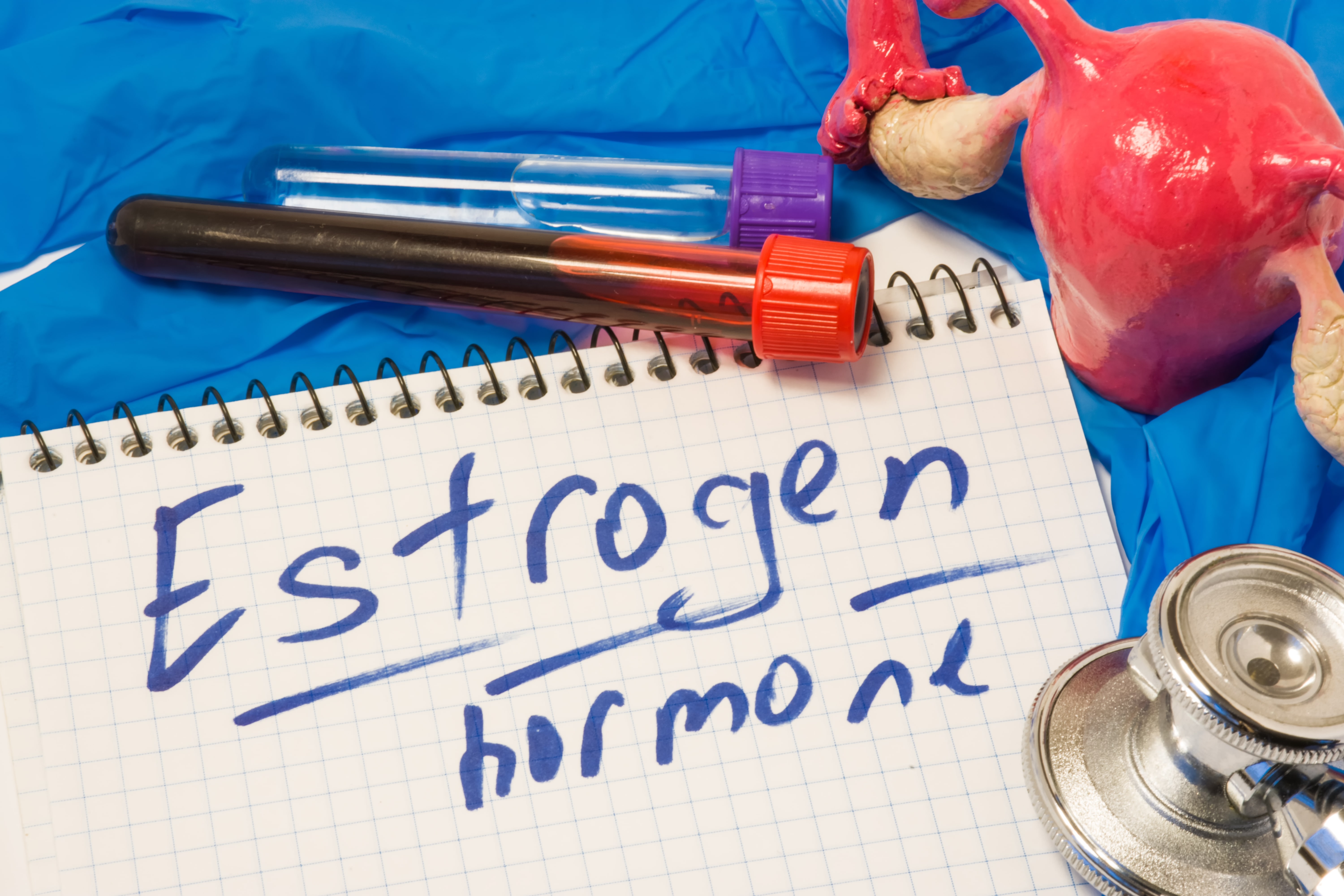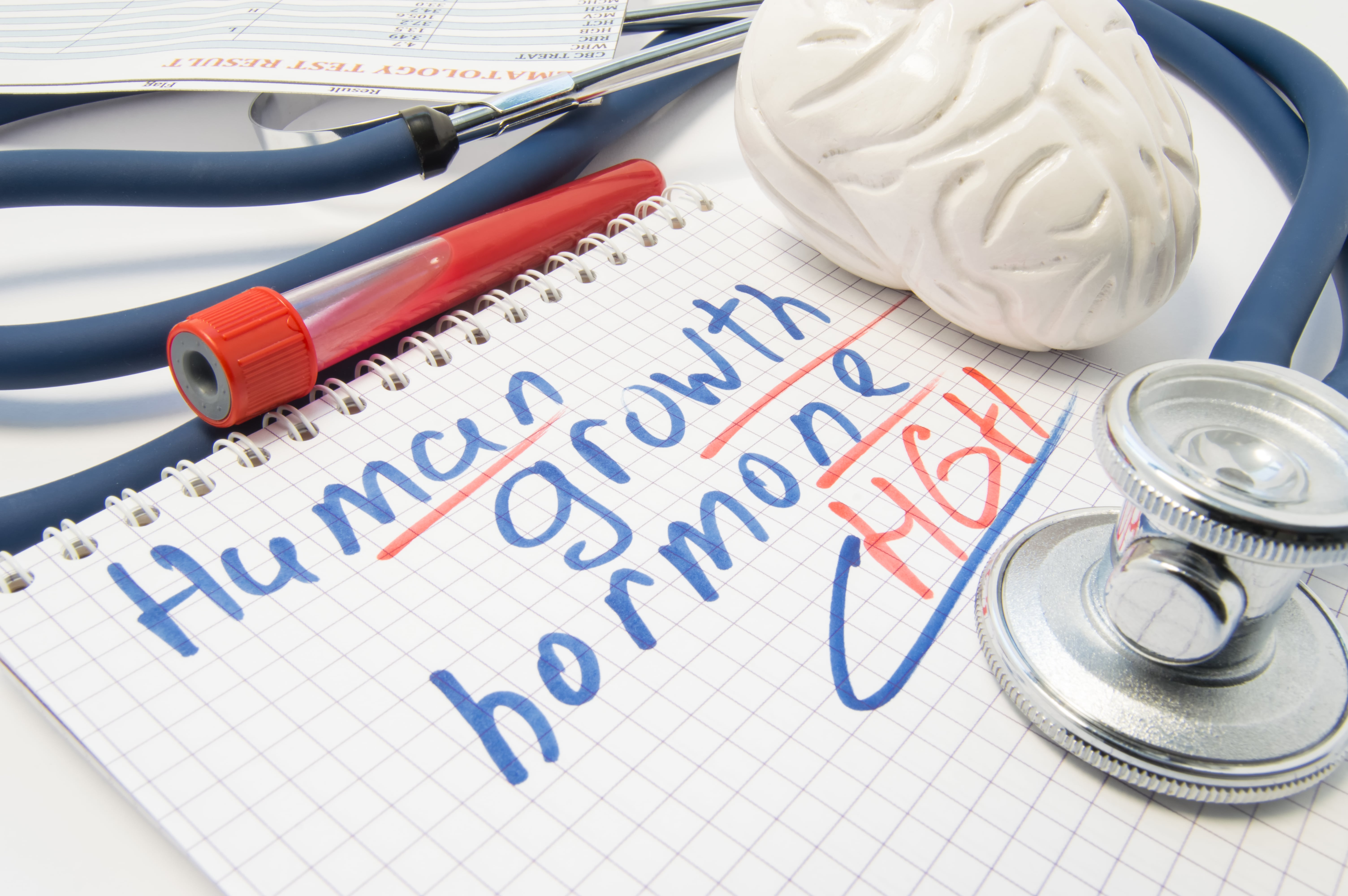Hormones are special chemical substances that help regulate all the functions of the human body. We have 50 different types of hormones that are secreted into the blood in microscopic amounts by our endocrine glands.
Even though these amounts are microscopic, hormones are mighty in their functional power. Each hormone type has its own specific job of delivering its individual message to its target cells.
What are the functions of hormones?
Different hormones are responsible for different functions: for controlling metabolism, reproduction, and growth; for preparing the body for puberty, parenthood, or menopause; for telling us when to fight or retreat; and they affect our mood, hunger, and sleep cycle.
The human body works best when all its hormones are working well together, in balance. If there is a deficiency, or excess in the amount of hormone secreted, an imbalance occurs. This creates unhealthy or annoying side effects like menstrual period abnormalities, trouble conceiving, erectile dysfunction, weight loss or gain, hair loss, heart palpitations, mood swings, or even severe depression.
While the human body always tries to maintain hormonal balance, it is not an easy task. Even healthy young people experience hormonal imbalances on occasion. The endocrine system, responsible for hormone secretion, is a highly sensitive system that reacts to changes in lifestyle habits or environmental factors by increasing or decreasing hormone levels.
Things like stress, poor nutrition, medications, allergies, infections, chemicals, or pollution can cause hormones to become imbalanced and create unwelcome side effects.
Aside from lifestyle habits and our environment, the normal aging process is what causes the most fluctuation in our hormone levels. Some hormones such as estrogen in women, testosterone in men, HGH and melatonin in both genders, decrease as we get older.
There are other hormones that remain the same, while others increase. Over the years our endocrine function naturally declines as the receptors on target cells become resistant to their hormone messengers.
All hormone disturbances have their consequences. Sometimes they are simply unpleasant, but they can also be unhealthy. That is why it is so important for us to be in tune with our bodies, to recognize when there is an imbalance, and to know when to visit a hormone doctor near to us and get the proper care through hormone replacement therapy.
Do you need hormone replacement therapy?
We hear a lot about how HRT can relieve symptoms of hormone imbalance, but how do we know if we should discuss therapy with our physician?
It depends on the specific medical condition and individual needs. Hormone Replacement Therapy (HRT) is typically used to alleviate symptoms related to menopause in women or andropause in men.
On the other hand, Testosterone Replacement Therapy (TRT) is specifically targeted at men with low testosterone levels. The main difference between HRT and TRT lies in the hormones being replaced and the conditions they address.
Women may be good candidates for HRT if they experience some of the following symptoms:
• Trouble sleeping
• Night sweats
• Low libido
• Vaginal dryness
• Fatigue
• Weight gain that is predominantly around the abdomen
• Difficulty losing weight
• Hair is thinning
• Dry skin
• Moodiness
• Increased anxiety
• Depression
• Menstrual period abnormalities
Men may be good candidates for HRT if they experience some of the following symptoms:
• Chronic fatigue
• Erectile dysfunction
• Low libido
• Loss or thinning of hair on the head or body
• Decrease in muscle mass
• Moodiness or irritability
• Dry skin
• Overdeveloped breast tissue or breast tenderness
• Lack of concentration
How to diagnose hormone imbalance
Hormone imbalances in thyroid, estrogen, testosterone, cortisol and HGH levels are detected through blood sample testing. All it takes is a visit to a physician who takes a sample and sends it to a lab for evaluation.
A physician may also do an ultrasound examination to make sure there are no abnormalities in the pituitary gland, thyroid, uterus, ovaries, or testicles.
When the test results are back, an endocrinologist, will carefully look them over and consult on the best treatment options for each individual case.
Endocrinologists have all the knowledge about the latest treatments that are available and will work closely with patients and their primary care physicians.
What’s the difference between HRT options?
Estrogen&Progesterone Replacement Therapy
Because women no longer produce estrogen after menopause, estrogen and progesterone hormone replacement therapy may be prescribed to alleviate some of the symptoms that occur with an estrogen imbalance.
The estrogen in this therapy may help relieve hot flashes, vaginal dryness, itching, or burning, and it may lower the risk of osteoporosis. It does not relieve depression or anxiety, however. Progestin is included in the therapy for women who still have their uterus to reduce the risk of uterine cancer.
For women who have had a hysterectomy, the addition of progestin is not necessary.
Testosterone Replacement Therapy
As men age, their testosterone levels decrease and the most common side effect of low T levels is reducing the quality of life and can even be life-threatening. For men living with abnormally low serum testosterone levels, testosterone replacement therapy can help raise these levels to normal ranges and alleviate the symptoms like sexual dysfunction, a decrease in muscle mass or bone density, and even lower the risk of coronary artery disease.
Human Growth Hormone Replacement Therapy
For adults living with an HGH deficiency, this imbalance means an impaired quality of life for most. Typical symptoms may include heart problems, reduced bone mass, anxiety, baldness, sexual dysfunction, high triglyceride levels, fatigue, and abnormal body composition, among others.
Luckily, studies show that HGH replacement therapy can alleviate some of these symptoms and increase the quality of life for many people.
Forms of HRT administration
There are two administration routes for hormone replacement therapies: orally, in tablet form; or non-orally through injections, skin patches, creams and gels. Depending on individual cases, healthcare providers will suggest the best form of HRT. Some trial and error may be necessary to find which form works best. Here is a look at the different forms of HRT:
Injections
Some types of HRT are given in the form of an injection. Depending on the type of therapy and the dosage amount, the injection will be either subcutaneous or intramuscular. These injections can either be self-administered or done by a healthcare provider. Anyone who chooses to self-administer should learn all the details about the dosage, injection site, and self-care before getting started.
Skin patches
Transdermal patches are easy to use and are effective mechanisms for administering doses of hormones like testosterone, estrogen, and progesterone.
One skin patch is applied to clean, hairless skin on the back, stomach, thigh, or upper arm. A new spot should be used every time a new patch is administered. A skin patch is normally worn for 24 hours and replaced at the same time every day.
Pellets
Pellets (or tablets) are the most common form of HRT. Different dose amounts of testosterone, estrogen and progesterone come in tablet form that can be prescribed by a healthcare provider depending on individual needs. Pellets are usually taken only one time every day, making it an easy way to get hormone replacement therapy.
Creams and gels
Creams and gel forms of hormones are administered topically and absorbed through the skin. Vaginal estrogen creams help relieve vaginal dryness and discomfort and do not need to be taken together with progesterone.
What are the benefits of HRT?
Hormone replacement therapies may not be ideal for everyone, but in many cases, HRT improves the quality of life by alleviating some of the symptoms that hormone imbalances may cause. Some of the benefits may include:
• Relief of the symptoms of menopause and perimenopause like hot flashes, mood swings, night sweats, vaginal dryness, and low libido
• Having a better sex life
• Reduced risk of dementia, heart disease, and possibly type 2 diabetes
• Better mood, less depression, higher mental clarity
• An increase in muscle mass and bone density
• An increase in muscle tissue repair time
• A boost in metabolism and fat burning
What are the side effects of HRT?
Just as it is when taking any form of medication, HRTs may have some side effects for some people. It is important for everyone to be aware of their own reactions and to consult their physician about any concerns.
All forms of HRT should be used with great care, and not be misused. Hormone replacement therapies should only be used under the guidance and supervision of a health care provider. For most people, prescribed HRT can be safe for their health and beneficial for a better quality of life.





Awesome post! Keep up the great work! 🙂